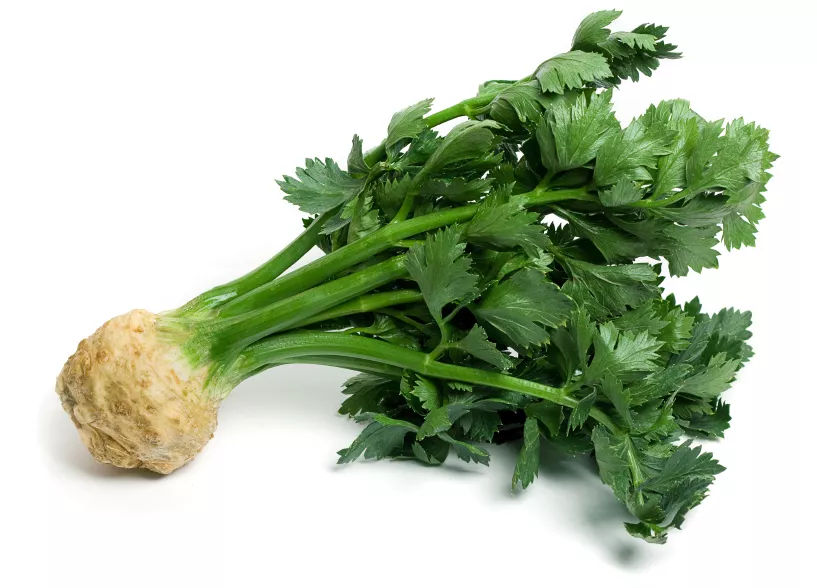- The frost-free, dark winter quarters
- Alternatives to the basement
- Prepare celery for storage
- tips and tricks
Fresh celery from our own garden - from June to December, that goes without saying. After the harvest, the celeriac can be deep-frozen or it can be moved to a dark, frost-free cellar for the winter. At low temperatures, it can be stored here for several months.

The frost-free, dark winter quarters
The celery finds ideal conditions for overwintering in an old, brick cellar with a clay floor. Here the temperatures are usually between 5 and 10 degrees Celsius and the humidity is high.
The tubers are stored in heaps or wooden stairways with moist sand. Cellars with heating pipes or heating systems are unsuitable because they are too warm and dry!
Alternatives to the basement
If you don't have a cellar, you can store the celery in a heap in the garden or use an empty cold frame.
Prepare celery for storage
- Late-ripening varieties have a longer shelf life
- after harvest, remove the leaves to prevent premature wilting
- Only store undamaged tubers without bruises or injuries
- Do not wash celery
- leave to dry in a dry place
tips and tricks
For the earth rent, a pit about 30 cm deep is dug, lined with wire mesh (€14.99) and filled with sand. Straw or a wooden board is used to cover and close.